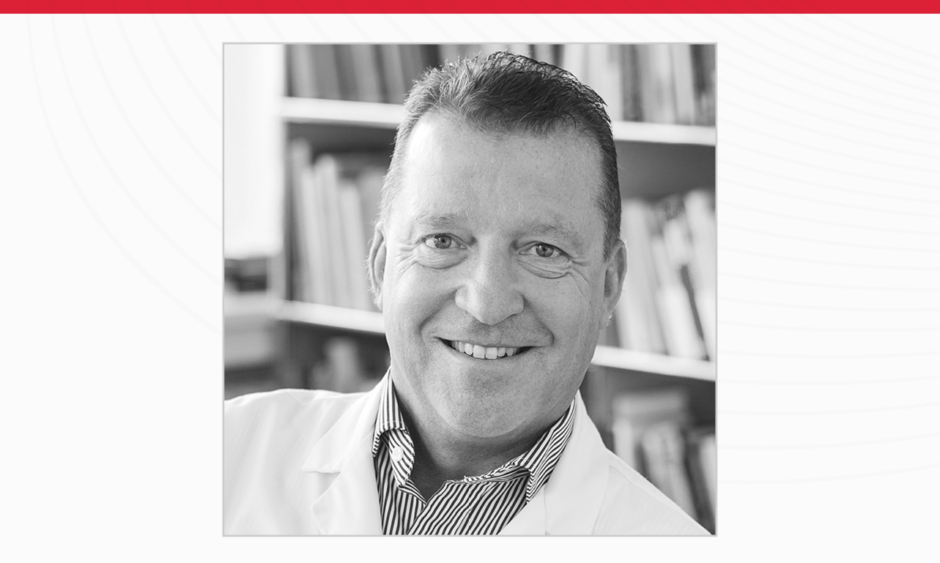Claudio Bassetti | President of the European Academy of Neurology (EAN); Professor of Neurology and Head of the Neurology Department, University Hospital of Bern, Switzerland![]()
What was it that led you to pursue a career in neurology?
This is both a simple and difficult question at the same time. In school I was very interested in biology and history. When I started medicine, I became fascinated with the topics of mind and brain and was not sure whether to pursue a career in psychiatry or neurology. Eventually, after completing medical school, I realised that I was more at ease in the brain field. Today, I still have an interest, however, for psychiatry and psychology.
What advice would you give to a trainee neurologist starting their career now?
The prerequisite is a fascination and curiosity for the brain and its functions. As a neurologist there must be obviously a strong interest in neurological diseases and how a neurologist thinks and works (which is quite unique because of the importance of detailed history taking and a clinical examination). In addition, being a neurologist requires the development of skills in dealing with difficult and sometimes untreatable conditions, the ability to take care and accompany patients throughout the entire their diagnostic and management process.
Can you talk about the ways in which the European Academy of Neurology (EAN) is guiding a shift towards ‘precision neurology’ and how this might empower patients and create a dialogue for optimal healthcare benefits?
This is a complex question. Precision medicine implies not only an individualised management, but also a specific and sometimes even causal treatment. Genetic disorders are a good example. During the EAN meeting, we have heard a lot about precision neurology research (for example in the field of neuromuscular and neurodegenerative disorders), but also about medical, ethical, and economic challenges related to these new developments. For patients, the field of precision neurology is offering first opportunities for treatment of until today untreatable conditions.
What are you hoping to achieve by implementing a new e-Learning platform at the EAN?
To promote excellence in education. We really want to offer, across the globe, the best training possible at different stages of people’s careers, from the student to the advanced neurologist. We are especially interested in using e-Learning methods, which can be accessed at low costs around the clock and from anywhere you want. Obviously, the in-person teaching (and learning) experience has specificities and advantages that virtual tools will never be able to substitute completely.
Obviously, the pandemic played its part in accelerating the development of this platform?
Absolutely. The negative impacts of the COVID-19 pandemic are obvious but, as mentioned during my opening lecture at the EAN annual congress, we have learned from it also few important lessons. One of these is the increasing importance of digitalisation and new and rapid ways of communication. The recent creation of a modern and dynamic EAN e-Learning platform to promote distant learning reflects these needs and trends.
Narcolepsy is a neurological disorder within your field of expertise. Have you seen much improvement in its treatment and management over the last few years?
This topic was discussed during the ‘5 Presidents Sleep Symposium’ of the 2021 EAN Congress. Major advances were made in the last 20 years, including the discovery of an underlying neurotransmitter deficiency (hypocretin), the involvement of the immune system, and the development of new medications. During the recent congress, the new EAN guidelines for the treatment of adult and childhood narcolepsy were also presented.
Do you think that these guidelines will help improve the treatment and the patient quality of life?
Yes, for two reasons. Firstly, the new guidelines discuss several important improvements in the treatment of both adults and, for the first time, children with narcolepsy. Secondly, in the preparation of the current guidelines, patients were also involved. This is important, because scientists and patients often have different expectations about the effects of a medication. Looking ahead, this is the way all guidelines should be produced.
Are there any innovations on the horizon in neurology that you are looking to with interest?
One of the areas that has really developed is the use of new technologies for monitoring patients remotely. Teleneurology is obviously of great advantage for countries with large land areas. However, teleneurology is of interest because it opens opportunities to monitor diagnostic and treatment interventions while patients remain at home. This has been for example crucial during the COVID-19 pandemic. The EAN has organised a symposium on ‘Teleneurology’, which will take place during the next World Congress of Neurology in Rome.
You spoke of a special focus for students when introducing this year’s EAN. How important do you think it is to attract trainees to congress events like this one?
We host the congress for scientific and educational purposes, and also so that people can interact and get to know one another. Clearly, a physical congress is better than one conducted over Zoom. Despite this, I am pleased to say that probably the most active group of members within our society is the young neurologist and research fellows’ section. Since last year’s meeting, which was the first to take place virtually, we have had students in attendance and also a specific student section. We understand that it is important to attract the best academics and clinicians into neurology. We therefore like to tell students how fascinating and dynamic neurology is. It is very important for our discipline to encourage the best brains out there to enter the field.
Since your appointment as President at EAN, what has been your proudest achievement?
One of the highlights of my Presidency so far is the fact that last year, instead of cancelling the congress because of the pandemic, as most societies did, we were able to organise, within few weeks, our first virtual meeting. This turned out to be very successful, with 45,000 participants. Another highlight has the development of an international cooperative research project on the neurological complications of the COVID-19 infection. Another point I am proud of is the great interest that young neurologists and even students from all over the world are demonstrating in the EAN and its activities.








